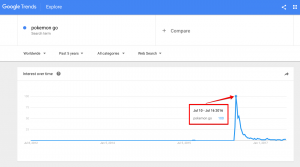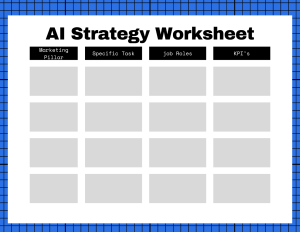Transparency has become more than just a business buzzword — it’s a major operational movement across companies. Take the concepts of workflow management and automation, for example. They’ve become increasingly valuable to organizations trying to streamline processes and boost efficiencies.
There are many benefits to controlling and monitoring workflows. Businesses that use cloud-based workflow management software to track and guide protocols and projects tend to have a much easier time when it comes to reporting. The right web-based project management software can also show any workflow at a glance, which can help identify issues and roadblocks quickly.
Another key benefit of workflow management software is its ability to offer real-time visibility at both a broader and a more micro level. For example, remote workers can make updates that are immediately visible to all other authorized users. This allows everyone to feel “in the know,” enabling employees to make faster and more knowledge-backed decisions.
Integrating a workflow management system into operations also gives employers the ability to spot repetitive tasks. In terms of productivity, these repetitive tasks take time away from activities that contribute more to the bottom line.
Automation, Audits, and More
Companies that use their workflow management software innovatively are in a position to identify further opportunities for workflow automation. Because workflow automation handles certain tasks without human intervention, it frees up workers and reduces the chance of error. Over time, automated workflow solutions can help improve key performance indicators (KPIs).
One application of this type of automation is departmental work orders. Instead of manually emailing orders between parties for approval signatures, an automated workflow could be programmed to send a new order through a specific authorization chain. As each person digitally signs off on the work order, it could move seamlessly to the next step. This type of automation can improve the speed of approvals and provide a complete audit trail.
Automating Audit Trails
It’s no secret that audit trails can be valuable because they provide simple-to-retrieve, transparent records of essential information. An audit trail takes away the pain points commonly associated with trying to find data for anything from record-keeping to tax documentation. Audit trails can also reduce the risk of financial fraud or inaccuracies.
How can companies leverage their automated workflow management processes to begin constructing an audit trail? A simple three-step process can get the ball rolling.
1. Determine what you want to audit.
Not everything needs to be audited by workflow management software. It’s best to practice triage to keep your auditing from getting out of control. Start by determining the top auditing needs of the company by examining any reports generated on a monthly, quarterly, and annual basis. Once you’ve listed those reports, you can use that information to pinpoint KPIs you might want to measure through the automated workflow management system.
2. Set up a plan to review audit trails.
Workflow management software will collect audit trail data automatically, but that doesn’t mean you should just neglect the data. Companies everywhere understand the importance of audit trails, and any associated reports deserve your attention. That way, you can ensure you’re getting the information you need. You can also use these check-ins to find any anomalies or tweak any audit trail data collection needs.
3. Figure out how long to keep audit trail data “alive.”
Not all data collected for an audit trail needs to be retained in perpetuity. Many companies purge specific data, such as payroll information or details on customers who never returned. They also usually purge data after specific periods, such as every 10 years. Figuring out how to archive audit-related data and when to purge it should be part of every internal audit automation process.
The ability to automate any workflow system through web-based software has made it possible for companies of all sizes to remain competitive with a high degree of transparency. Automation shouldn’t be limited to moving projects rapidly to the finish line, though. It can also help provide an audit trail that offers an extra layer of security and clarity for the well-being of the company, its fiscal health, and its people.
Would you like to learn more about how to boost your company by automating repetitive tasks? Watch a free demo of how to create an approval flow for online forms.
Business & Finance Articles on Business 2 Community
(70)






